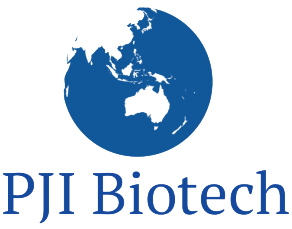It is important to implement phase-appropriate quality (risk-based) systems starting from product development in R&D, through preclinical studies, through process development, and to commercialization of Drug Products.
Product development starts with R&D, where the material is produced to conduct a toxicology study. The headaches and costs associated with implementing cGMP before they are needed can be avoided by implementing phase-appropriate Quality systems, specifically for start-ups, where QMS is not in place. On the other hand, if the minimum phase-appropriate GDP/GLP is not implemented during the R&D stage (calibrated equipment/qualified methods), there is a risk of generating data that lacks the appropriate level of integrity.
During the R&D phase, it is important to document R&D activities in lab notebooks and development reports, while following good documentation practices. Personnel should have a science background and should be trained in lab practices. Signed notebooks and records are kept for production and testing activities. Samples are tracked in logbooks. Equipment used during this phase are calibrated/qualified and appropriate analytical methods are developed and qualified.
For pre-clinical toxicology studies, GLP practices are implemented, as per FDA and EU GLP requirements, which cover personnel, facility, equipment, and records.
During Phase 1, it is important to start applying GMPs. GMP requirements increase from phase 1 to commercialization of the product, with the increase in the number of lots produced.
For commercial products, full GMP is required, where fully validated methods, processes, equipment, and facilities are used.
Throughout all phases, procedures are reviewed and approved by QA. Batches are released by QA/QP, and quality ensures that clinical materials are not distributed until all open deviations and changes, tests as per specification in registration (IND), etc. are closed. For phase 1, generic batch records may be used and are modified into detailed batch records, as more information is obtained through process development. By phase 3, formal deviation, CAPA, change, quality management review, and other quality systems with appropriate trending should be in place.
Most virtual companies utilize suppliers’ phase-appropriate quality systems to manage the quality of the product. However, for virtual companies’ appropriate quality systems to provide quality oversight to suppliers, documents, training, and product release should be in place from early GMP phases.

